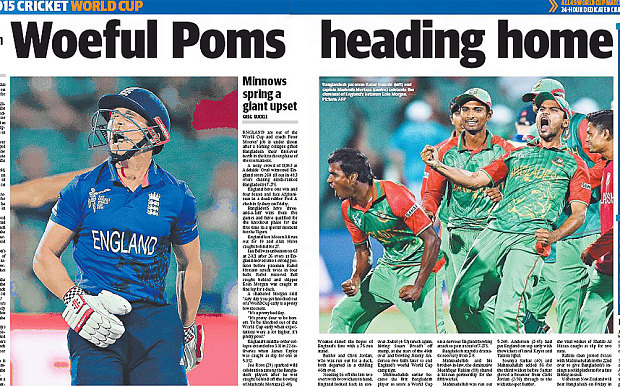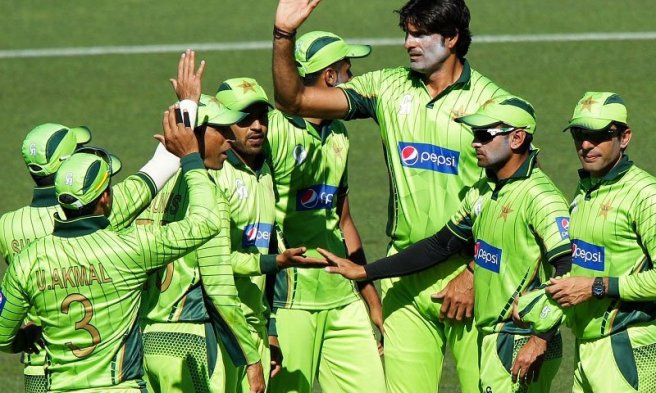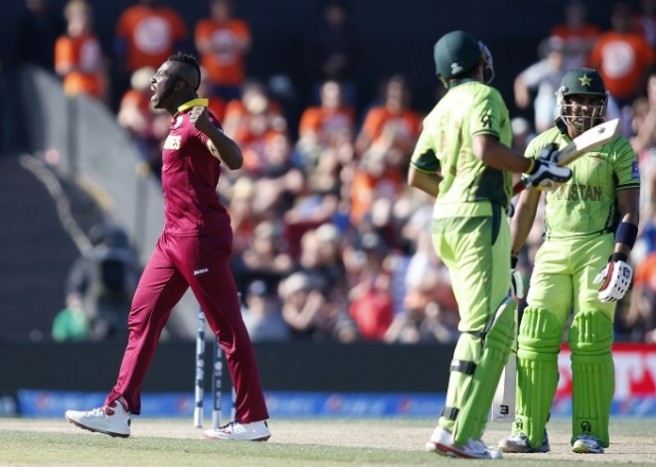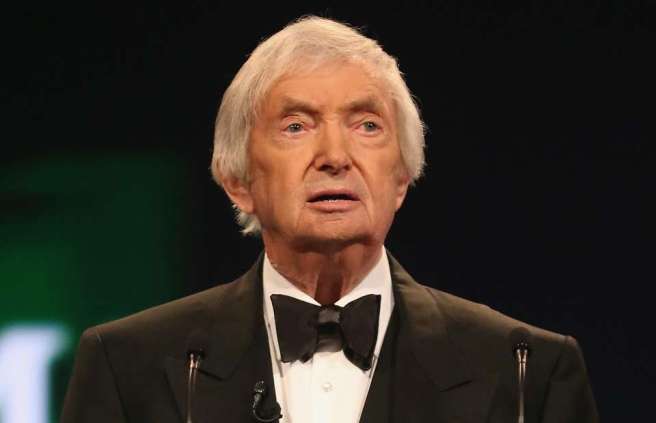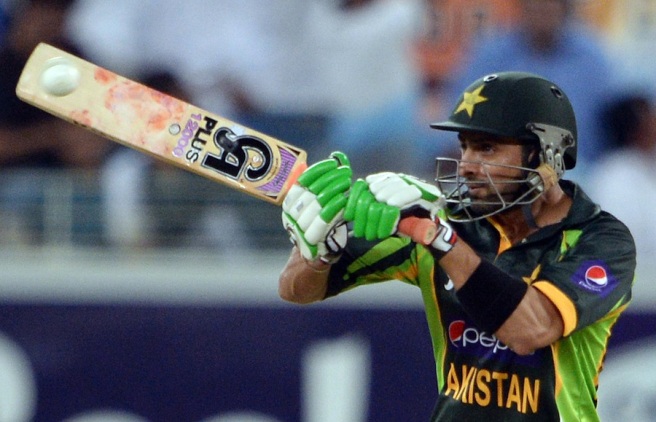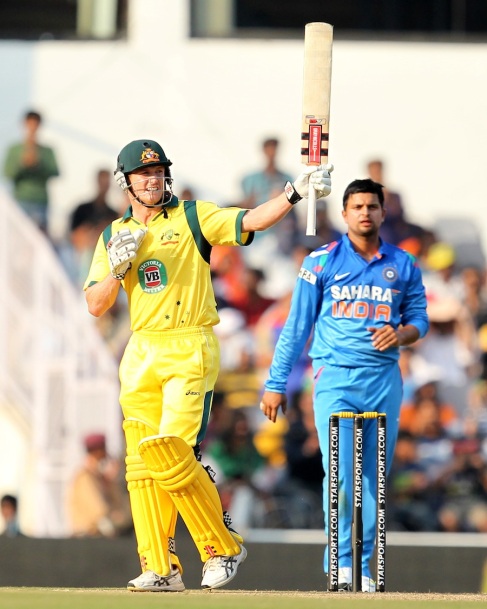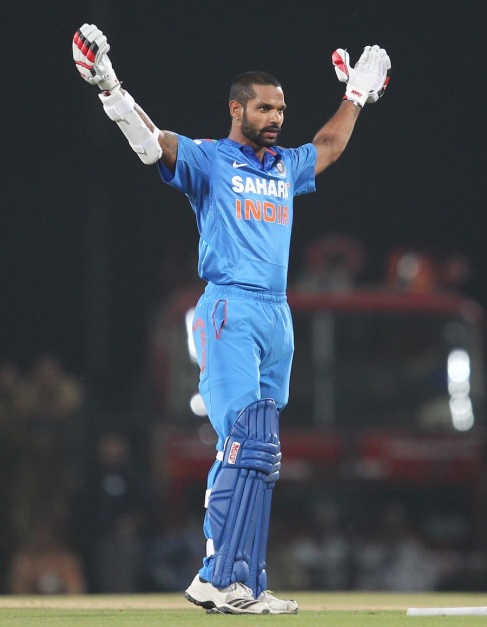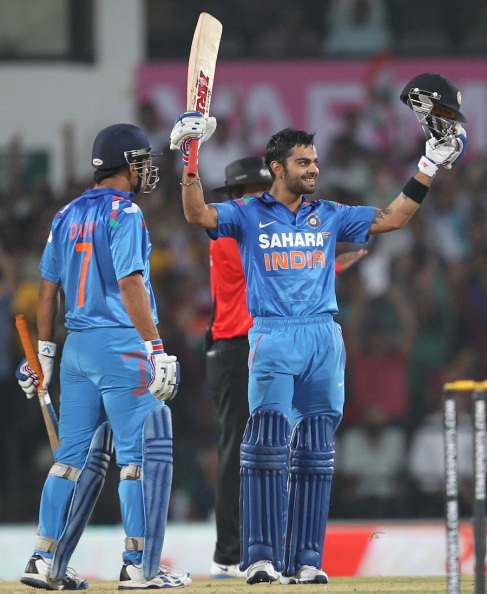England, after a 5thconsecutive World Cup debacle, find themselves in the spotlight which no one want’s to be in. This downfall may feel like a little too exaggerated, but this was due for a very long time. England is probably the only country left out of the top 8, whose whole parameter of success is only derived from the results in Test Cricket. It might have not looked that bad or that prominent about a decade ago, where they would have got away with it with good results in one format out of 2, but things have changed with the arrival of T20 Cricket and seems like England has yet to come to terms with it.
It is staggering to see that England, who actually introduce Cricket to the rest of the World, has fallen so far abaft than the rest of the World. It’s probably more because they have lost identity of their own style of Cricket. Prior to 2000’s, England seems to have a blueprint that they used to follow for ages, and their players, who used to make it through the county cricket, knew the method before arriving at the International level. But 2000 onwards, they couldn’t hold it all together. The game has changed immensely, and for their part, the new generation that came from the county circuit couldn’t connect themselves with the English Cricket Philosophy. On the other hand, England found player’s that were not really English, and were from different countries who were not ready to accept the English cricket methodology. Likes of Kevin Peterson, Matt Prior, Owais Shah, Jade Dernbach, Kieswetter and Morgan fit that column. Those players became role model for upcoming players, which in short make England a bit of a lost wolf in the jungle.
To be fair to the players who were not English by origin, they were a little too good for English Cricket and they brought in a fair amount of success to the English team, but not the way the England Cricket officials would have wanted to see. As far as I see it, English Cricket “Top Brass” would have liked to see a set batsman leaving the short ball around chest high outside the 4th stump, when the team would require 6 of the last 2 balls and they would even be fine with the same men getting out on the last ball, than seeing the same player hit the 2nd last ball for the six and won them the match. They seem to be too stubborn to alter anything they ever plan which makes little or no sense at all.
There is always a theory as to why any team lost, and you would find it with England too. Going into stats about England’s performance since their last success story at the World Cup, which was back in 92, when they reached the final and lost to Pakistan, England’s record is atrocious among all the top 8 playing nations. People talk about West Indies losing their “X” factor, or that Pakistan is facing a “Draught” when it comes to finding good bowlers, but its England who has bigger questions to answer with all the facilities and infrastructure that they have. England have won only 5 of their last 22 matches against the Top quality sides in the World Cup, which is even worse than West Indies.
| Team | Matches | Win | Loss | Tie/ Draw/NR | Win % |
| Australia | 33 | 26 | 6 | 1 | 78.7 |
| Sri Lanka | 35 | 20 | 13 | 2 | 57.1 |
| India | 28 | 16 | 11 | 1 | 57.1 |
| South Africa | 26 | 13 | 12 | 1 | 50 |
| Pakistan | 22 | 10 | 12 | 0 | 45.4 |
| New Zealand | 29 | 13 | 16 | 0 | 44.8 |
| West Indies | 23 | 6 | 17 | 0 | 26.08 |
| England | 22 | 5 | 16 | 1 | 22.72 |
Stats since 92 World Cup, Source: www.espncricinfo.com
Looking at the facts above will make all “Barmy Army” supporters wonder what have England done so wrong all those years, that they find themselves in this “dark tunnel”, once again. The problem for England cricket is back in their own managing office at ECB. It is a problem that they have faced for long and couldn’t cope with it. It is a problem with England cricket that their players, who perform brilliantly at the County level, couldn’t replicate when it comes down to performing at the International level. There can’t be that much flaw with their batting technique or temperament, because with poor technique or temperament, you can’t survive at that level for long. I am pretty sure it has more to do with over coaching or giving roles to player’s that they are not accustomed to.
Looking at their recent World Cup campaign till the Bangladesh match, which was a must win to stay in a tournament, people will find a lot of questions that English team management will fail to answer. Anyone who would have watched Alex Hales playing at the county level, couldn’t understand how such a destructive opener can be left out of the playing 11 for the first 4 games in the World Cup? One also can’t understand why Ian Bell, who plays at 2 down or 3 down in a Test match and plays there brilliantly for a very long time, will all of a sudden start opening with Moeen Ali? One must also question how England can drop Steven Finn, who picked up 8 wickets in his first 4 matches in only 29 overs that he bowled, and was the only bowler from England in top 20 wicket takers in this tournament till England were thrashed out of the World Cup.England’s team management should be asked that why they just won’t drop Anderson or Broad, who couldn’t pick 8 wickets together in 10 matches and 78.2 overs that they have bowled together in this tournament. If they were just kept in the team because they had a better “Economy” rate than Finn, then England earn the right to go back home and try to figure out what they need to do with this team all together. One must also question England’s theory of playing Moeen Ali as a front line spinner, when you have Tredwell in the ranks. With 59 wickets in 44 matches, he seems to be an option that will give you wickets, and wickets is all you need in this World Cup. England was fortuitous to have a top quality and experience spinner, unlike many other teams, but once again, they proved themselves to be the master of “Over Thinking”.
The likes of Michael Carberry, Kieswetter, Lumb and many of those Cricketers have gone the same root as Hales is going. Those cricketers have blossomed in County cricket, a place where they have been given freedom to express themselves, and forget about what might happen if they get out. Looking back at England high’s since 92, which are not many, but all of them had players with a brilliance and players that expressed themselves to impose on the opposition. Be it first Ashes win in more than a decade and a half or so, where it was the likes Kevin Peterson, Flintoff, Trescothick and Simon Jones, who came hard on an Australian side that was not used to receiving that sort of aggression, or be it the only Triumph at the International Level ICC T20 victory in 2011, where again it was Kevin Peterson and Kieswetter out footing the mighty Aussies in the final with asserting themselves with aggression, a bit of flair, or be it England’s 1st test series victory on the Indian soil, where it was again Kevin Peterson who turned it around after going 1 – 0 down, and chasing 320 in the first innings on a real turner against quality spin attack of India and scored 186 of 233 at strike rate of nearly 80, with 20 4’s and 4 mighty sixes. It was down to this flamboyance that England produce results like the ones they couldn’t before. But in the end, English cricket couldn’t handle character’s like KP, and hate him too often and made him retire at the age of 32, where he could have easily played for at least another 5 years. Speaking on Peterson’s force “Exile” from the team, Former England Captain Michael Vaughn explain what England will miss in his Tweet that says, “Won’t play for England again. So I will remember @KP24 for what he was. A maverick who could play innings that no other England player could.!”, which explains what sort of talent England let go, just because he did not fit their criteria of “Gentleman’s Game”.
All of those things summed it up where England is where they are today. England lack that bit of creativity or thinking on the “Toes” as they say, and they always found wondering in the end. Just like what they in the must win match against Bangladesh, when they could have opted to ball full when Bangladeshi batsmen started pulling and cutting them with ease on a slow Adelaide pitch, but they didn’t. Just like they could have done with their batting order by sending Hales with Ali, followed by Bell and Morgan and then by root, to give that much important balance and that right – left combination, but they didn’t. Make no mistake about it, but this England team, even without the likes of Kevin Peterson was good enough to make Semi’s under any coaching staff (Yes, I mean ANY) other than the one they had. This team had everything, from genuine tall fast bowler to genuine swing bowler, from bowling all – rounders to batting all – rounders, from a genuine spinner to top quality opening batsmen and to brilliant finisher’s in Buttler and Morgan. There can be no excuse for this performance, with all the coaching staff, facilities, Tour planning and everything that this team had. So it’s high time when heads must roll in English Cricket, because their system needs to be overhauled, if they are to compete with the rest of the World, any time soon.
The original post was posted here on 28th, March 2015.
